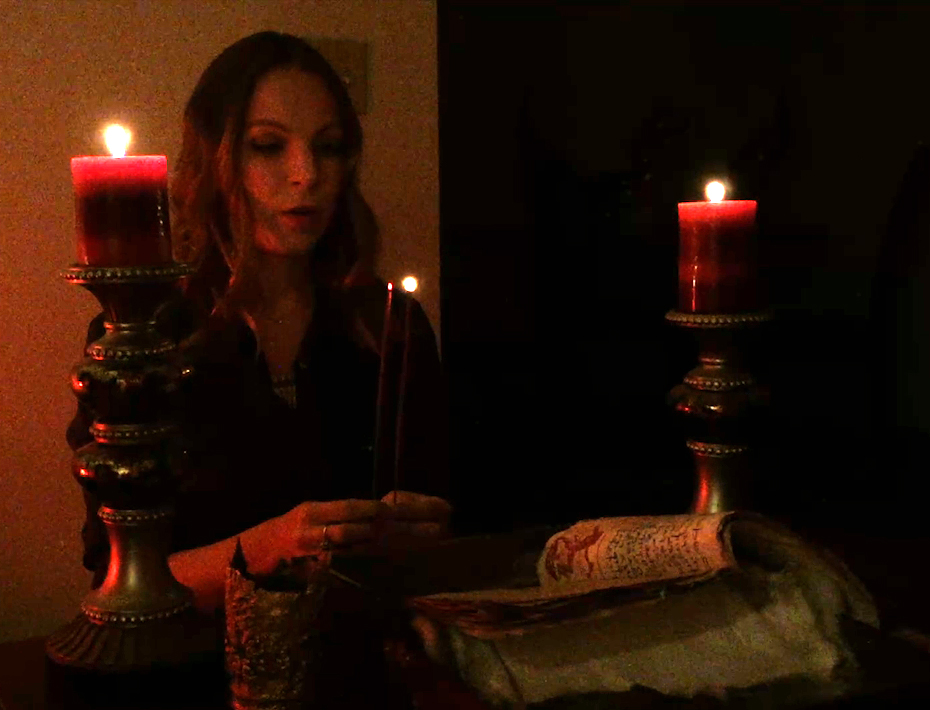Difference between revisions of "Template:POTD protected"
Occultwiki (talk | contribs) |
Occultwiki (talk | contribs) |
||
| Line 1: | Line 1: | ||
{| role="presentation" style="margin:0 3px 3px; width:100%; text-align:left; background-color:transparent; border-collapse: collapse; " | {| role="presentation" style="margin:0 3px 3px; width:100%; text-align:left; background-color:transparent; border-collapse: collapse; " | ||
|style="padding:0 0.9em 0 0;" | [[File: | |style="padding:0 0.9em 0 0;" | [[File:Ritual-3.jpg|300px]] | ||
|style="padding:0 6px 0 0"| | |style="padding:0 6px 0 0"| | ||
'''[[ | '''[[Ritual magic]]''' (also called ceremonial magic, high magic or learned magic) encompasses a wide variety of rituals of magic. The works included are characterized by ceremony and numerous requisite accessories to aid the practitioner. Popularized by the [[Hermetic Order of the Golden Dawn]], it draws on such schools of philosophical and occult thought as [[Kabbalah|Hermetic Qabalah]], [[Enochian]] magic, [[Thelema]], and the magic of various [[grimoire]]s. Ritual magic is major element in [[Hermeticism]] and [[occult]]ism. | ||
In magical rituals involving the invocation of deities, a vocal technique called vibration is commonly used. In general ritual practice, vibration can also refer to a technique of saying a god-name or a magical formula in a long, drawn-out fashion (i.e. with a full, deep breath) that employs the nasal passages, such that the sound feels and sounds "vibrated'. This is very similar to techniques used in ritual evocation as practiced by [[Egyptian religion|ancient Egyptians]] and in [[Judaism]]. | |||
<p><small> | <p><small>Photographer: [[Travis McHenry]]</small></p> | ||
[[:Category:Images|'''(More Images)''']] | [[:Category:Images|'''(More Images)''']] | ||
<div class="potd-recent" style="text-align:right;"> | <div class="potd-recent" style="text-align:right;"> | ||
Revision as of 17:13, 23 June 2022

|
Ritual magic (also called ceremonial magic, high magic or learned magic) encompasses a wide variety of rituals of magic. The works included are characterized by ceremony and numerous requisite accessories to aid the practitioner. Popularized by the Hermetic Order of the Golden Dawn, it draws on such schools of philosophical and occult thought as Hermetic Qabalah, Enochian magic, Thelema, and the magic of various grimoires. Ritual magic is major element in Hermeticism and occultism. In magical rituals involving the invocation of deities, a vocal technique called vibration is commonly used. In general ritual practice, vibration can also refer to a technique of saying a god-name or a magical formula in a long, drawn-out fashion (i.e. with a full, deep breath) that employs the nasal passages, such that the sound feels and sounds "vibrated'. This is very similar to techniques used in ritual evocation as practiced by ancient Egyptians and in Judaism. Photographer: Travis McHenry |